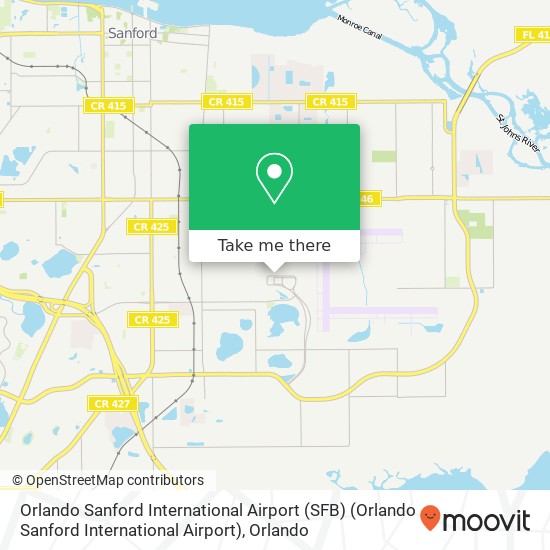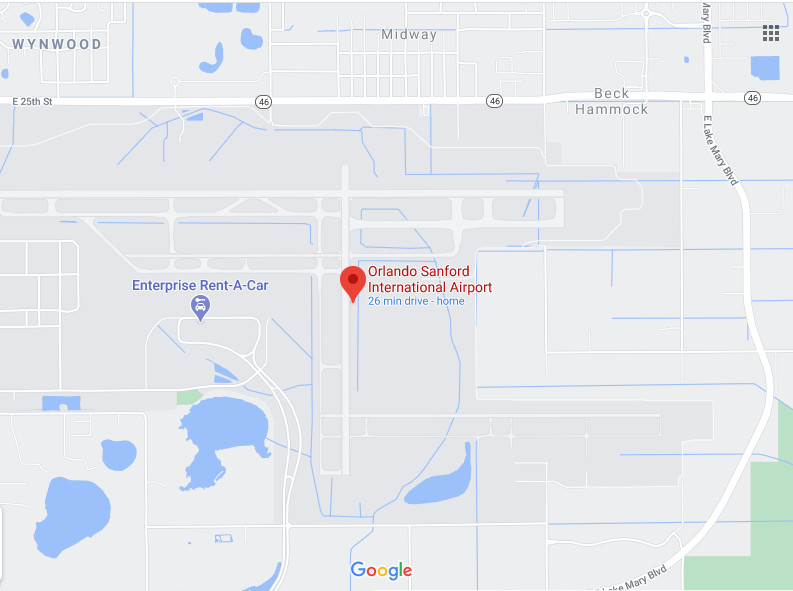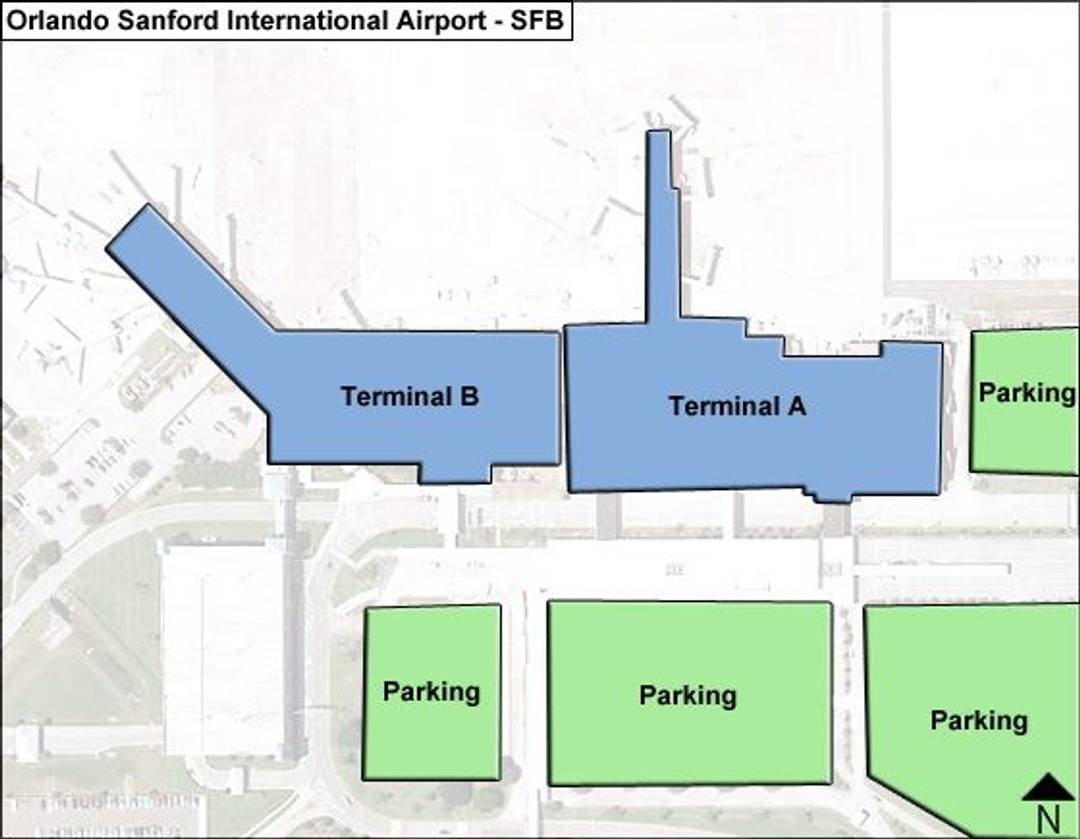“Okay, here is a comprehensive article about Orlando Sanford International Airport (SFB) in English, aiming for approximately 2000 words.
Artikel Terkait Okay, here is a comprehensive article about Orlando Sanford International Airport (SFB) in English, aiming for approximately 2000 words.
- Okay, Here Is A 2000-word Article About Orlando Airport Hotels (MCO) In English.
- Car Rental Phoenix Airport
- Okay, Here Is A Comprehensive Article About Long Island MacArthur Airport (ISP) In English, Aiming For Approximately 2000 Words.
- Okay, Here Is An Article About The Dulles Airport Map, Written In English, Aiming For A Length Of Approximately 2000 Words.
- Okay, Here Is An Article About O’Hare International Airport, Written In English And Aiming For Approximately 2000 Words.
Table of Content
- 1 Artikel Terkait Okay, here is a comprehensive article about Orlando Sanford International Airport (SFB) in English, aiming for approximately 2000 words.
- 2 Video tentang Okay, here is a comprehensive article about Orlando Sanford International Airport (SFB) in English, aiming for approximately 2000 words.
- 3 Orlando Sanford International Airport: The Alternative Gateway to Central Florida
Video tentang Okay, here is a comprehensive article about Orlando Sanford International Airport (SFB) in English, aiming for approximately 2000 words.
Okay, here is a comprehensive article about Orlando Sanford International Airport (SFB) in English, aiming for approximately 2000 words.

Orlando Sanford International Airport: The Alternative Gateway to Central Florida
Central Florida is a global magnet for tourism, drawing millions each year to its world-renowned theme parks, vibrant culture, and sunny climate. While Orlando International Airport (MCO) serves as the primary gateway for the vast majority of these visitors, another crucial player operates just a short drive north: Orlando Sanford International Airport (SFB). Often referred to simply as "Sanford Airport," SFB holds a unique and vital position in the region’s transportation infrastructure, serving as a key hub for leisure travelers, low-cost carriers, and international charter operations. More than just an alternative, SFB offers a distinct travel experience and plays a significant role in the economic vitality of Seminole County and the broader Central Florida area.
This article delves deep into the history, operations, facilities, and strategic importance of Orlando Sanford International Airport, exploring what makes it a preferred choice for certain airlines and passengers, its economic impact, and its place in the dynamic landscape of Central Florida aviation.
A Rich History: From Military Base to Civilian Hub
The story of Orlando Sanford International Airport is deeply rooted in military history. Its origins trace back to the early days of World War II when the need for pilot training facilities became paramount. Construction began in 1942, and the site was commissioned as Naval Air Station Sanford (NAS Sanford) in November 1942.
During the war years, NAS Sanford served as a critical training ground for Navy and Marine Corps pilots. It was initially focused on basic flight training and later expanded to include advanced training, particularly for multi-engine aircraft and carrier operations. The base saw continuous activity throughout the war, contributing significantly to the Allied effort.
Following the end of World War II, NAS Sanford’s role evolved. It remained an active naval air station, adapting to the changing needs of the Cold War era. In the 1950s and 1960s, it became a major base for carrier-based heavy attack and reconnaissance aircraft, including the formidable A-3 Skywarrior. Squadrons stationed at Sanford played a key role in projecting U.S. naval power. The base grew in size and importance, becoming a significant part of the Sanford community.
However, strategic shifts in military planning led to the eventual closure of NAS Sanford. As part of a nationwide base realignment and closure process, the Navy announced its intention to decommission the base. NAS Sanford officially closed its doors as a military installation in 1969.
The closure presented both a challenge and an opportunity for the city of Sanford and Seminole County. The sprawling infrastructure of runways, hangars, and support buildings remained, offering the potential for civilian aviation use. Recognizing this potential, local leaders moved quickly to acquire the property. The Sanford Airport Authority was established, and in 1971, the former naval air station officially transitioned into a civilian airport, initially known as Sanford Airport.

The early years of civilian operation were focused primarily on general aviation – private planes, flight training, and corporate aircraft. However, the seeds for commercial service were sown relatively early. The airport’s long runways, inherited from its military past, were capable of handling large jet aircraft, making it an attractive option for charter operators looking for less congested alternatives to larger airports.
The 1980s saw a gradual increase in charter traffic, particularly from international tour operators bringing tourists to Central Florida’s burgeoning attractions. This marked the beginning of SFB’s specialization in the leisure and international charter market. The airport began investing in passenger terminal facilities to accommodate this growing traffic.
A pivotal moment came in the 1990s with the rise of low-cost carriers and the expansion of international leisure travel. Airlines like Allegiant Air, which focused on point-to-point service from smaller, underserved cities to leisure destinations, found SFB to be an ideal base. Its lower operating costs compared to MCO, coupled with its proximity (albeit a drive) to Orlando’s attractions, made it a viable and attractive option. The airport officially rebranded as Orlando Sanford International Airport to better reflect its role in serving the Orlando tourism market, despite being located outside the city limits.
Since then, SFB has solidified its position as a key player, particularly for leisure travel and international charters, experiencing significant growth in passenger numbers and infrastructure development to meet the demands of modern air travel.
Location and Strategic Positioning

Orlando Sanford International Airport is situated in the city of Sanford, Florida, approximately 25 miles northeast of downtown Orlando. It is located in Seminole County, one of the four counties that make up the core Orlando metropolitan area.
While its name includes "Orlando," its location in Sanford is a defining characteristic. This positioning offers both advantages and considerations for travelers.
Advantages of the Location:
- Less Congestion: Being outside the immediate hustle and bustle of Orlando means SFB generally experiences less air traffic congestion than MCO. This can translate to fewer delays and quicker taxi times.
- Easier Access (for some): For travelers coming from or going to areas north and east of Orlando, such as Daytona Beach, New Smyrna Beach, or the northern suburbs, SFB is significantly more convenient and involves less driving through heavy Orlando traffic.
- Simpler Layout: Compared to the vast complex of MCO, SFB’s terminal layout is much more compact and easier to navigate, from parking to check-in to gates.
- Proximity to Sanford and Seminole County: The airport serves as a direct gateway for visitors whose final destination is Sanford, Lake Mary, or other parts of Seminole County, supporting local businesses and tourism in these areas.

Considerations of the Location:
- Distance to Attractions: The primary consideration for many tourists is the distance to major theme parks like Walt Disney World, Universal Orlando Resort, and SeaWorld Orlando. These are located southwest of downtown Orlando, making the drive from SFB considerably longer (typically 45-60 minutes or more, depending on traffic) than from MCO.
- Ground Transportation Costs: While rental cars are readily available, shuttle services or ride-sharing fares to the main tourist areas can be higher from SFB due to the increased distance.
- Limited Public Transport: Unlike MCO, SFB has very limited direct public transportation options connecting it to downtown Orlando or the tourist corridor.
Despite the distance to the core attractions, SFB’s location remains strategic for its target market. Low-cost carriers prioritize lower operating costs, and SFB provides that. International charter operators often fly passengers on package deals where ground transport is pre-arranged, making the distance less of a concern for the traveler. For visitors heading to destinations other than the major theme parks, or those prioritizing a potentially less stressful airport experience, SFB’s location can be quite favorable.
The SFB Niche: Serving Leisure and International Travelers
Orlando Sanford International Airport has carved out a distinct niche in the Central Florida aviation market. Unlike MCO, which serves as a major hub for legacy carriers and a gateway for all types of travel (business, leisure, international, domestic), SFB primarily focuses on:
- Low-Cost Leisure Travel: This is SFB’s bread and butter, dominated by Allegiant Air. Allegiant utilizes SFB as one of its main operating bases, flying point-to-point routes to smaller, often underserved cities across the United States. These routes are typically focused on bringing leisure travelers to Central Florida for vacations. The appeal for Allegiant and its passengers lies in SFB’s lower operating costs, which can translate to lower fares, and a less crowded, more efficient airport experience.
- International Charter Operations: SFB is a significant gateway for international leisure travelers, particularly from the United Kingdom and Canada. Tour operators like TUI Airways (formerly Thomson Airways) and Sunwing Airlines frequently operate flights into SFB, bringing passengers on package holidays to Central Florida. These flights are often charters or seasonal services, adding another layer to SFB’s leisure focus. The airport’s Customs and Border Protection facilities are well-equipped to handle these international arrivals.
- General Aviation: While commercial passenger service is its most visible function, SFB remains a busy airport for general aviation, including private aircraft, corporate jets, and flight training schools. Its multiple runways and extensive ramp space accommodate this traffic effectively
